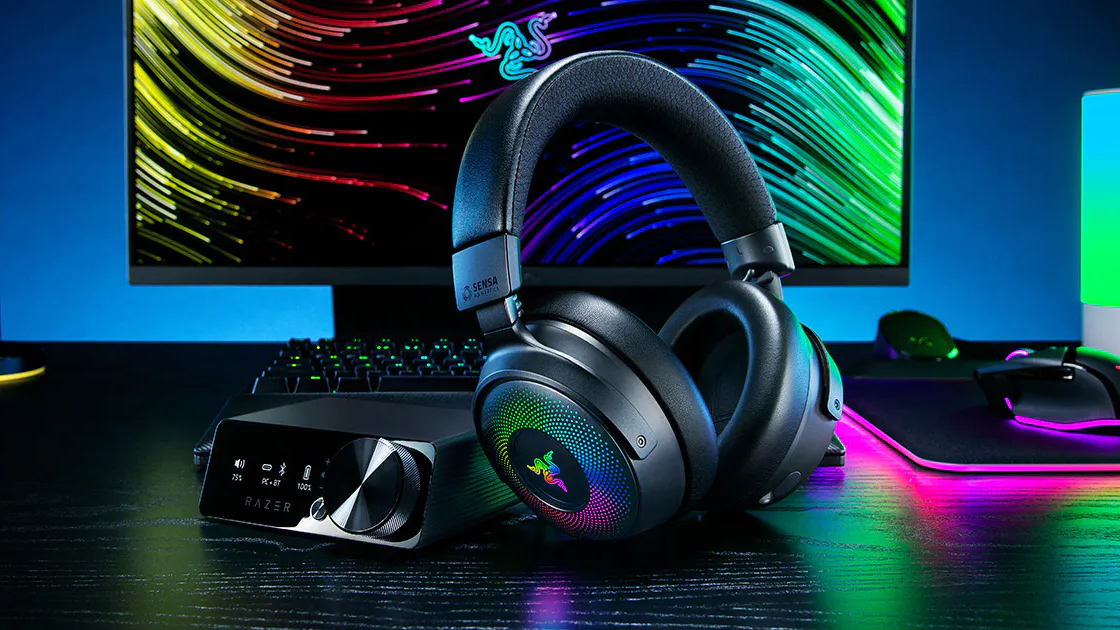
Years ago I tested the Razer Nari Ultimate, the gaming brand's first headset to include a vibrating haptic engine, and was surprised by how solid it was – although it fell down slightly on design and price. Now, half a decade later, I'm amused to find myself feeling similarly about a much newer Razer model.
The Razer Kraken V4 Pro is undoubtedly an impressive headset, as deduced from my few weeks of use, with some great touches and sound that can be tweaked to rival most other premium options. Whether it's right for you comes down to slightly more complicated judgements – as I'll describe in this comprehensive review.
Is the Razer Kraken V4 Pro worth it?
Let's bite the bullet – if you keep up with the best gaming headsets then you'll know that more and more manufacturers have been creeping towards console-level pricing for their absolute flagships. The Razer Kraken V4 Pro is in that bracket: you can get it now for £399.99 / $399.99.
Frankly, since the likes of SteelSeries and Astro both have flagships that have been around a bit longer and therefore have been discounted, the Razer is actually out in a field of its own. I firmly believe a headset can be worth that money, but it takes some really impressive performance for it to make sense.
What's special about the Kraken V4 Pro?
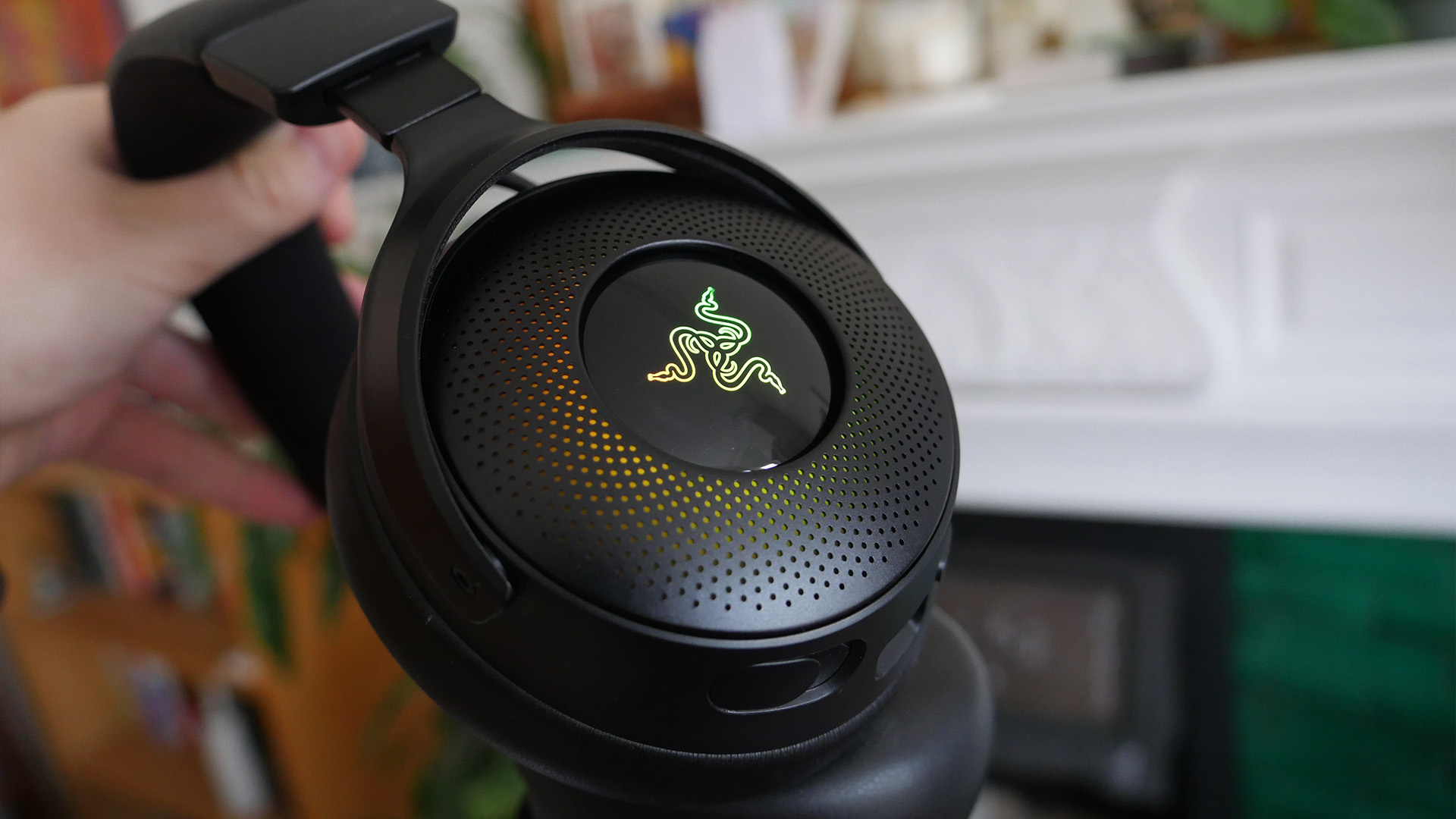
It's clear to me that Razer has worked hard in the last few years to make its top-end headsets less gargantuan, despite refusing to shelve the haptic features that presumably bulk them up. You can see the results of that effort in the Kraken V4 Pro, which gets as close as any other example from Razer's haptic lineup to looking like a "normal" headset.
Still, it ends up on the big end of the scale nonetheless, with chunky earcups and a 397g weight that is a little heavier than some other options on the market. The good news is that it balances this out with really soft and supportive foam in its headband and cushions, which means that I've found it very comfortable overall during longer gaming sessions.
The cushions, in fact, are noticeably bigger than on many other headsets, deeper in particular, and I'd presume this is to do with their haptic hidden features. They're finished in leatherette, which also marks them out from the versions on the much more affordable standard Kraken V4.
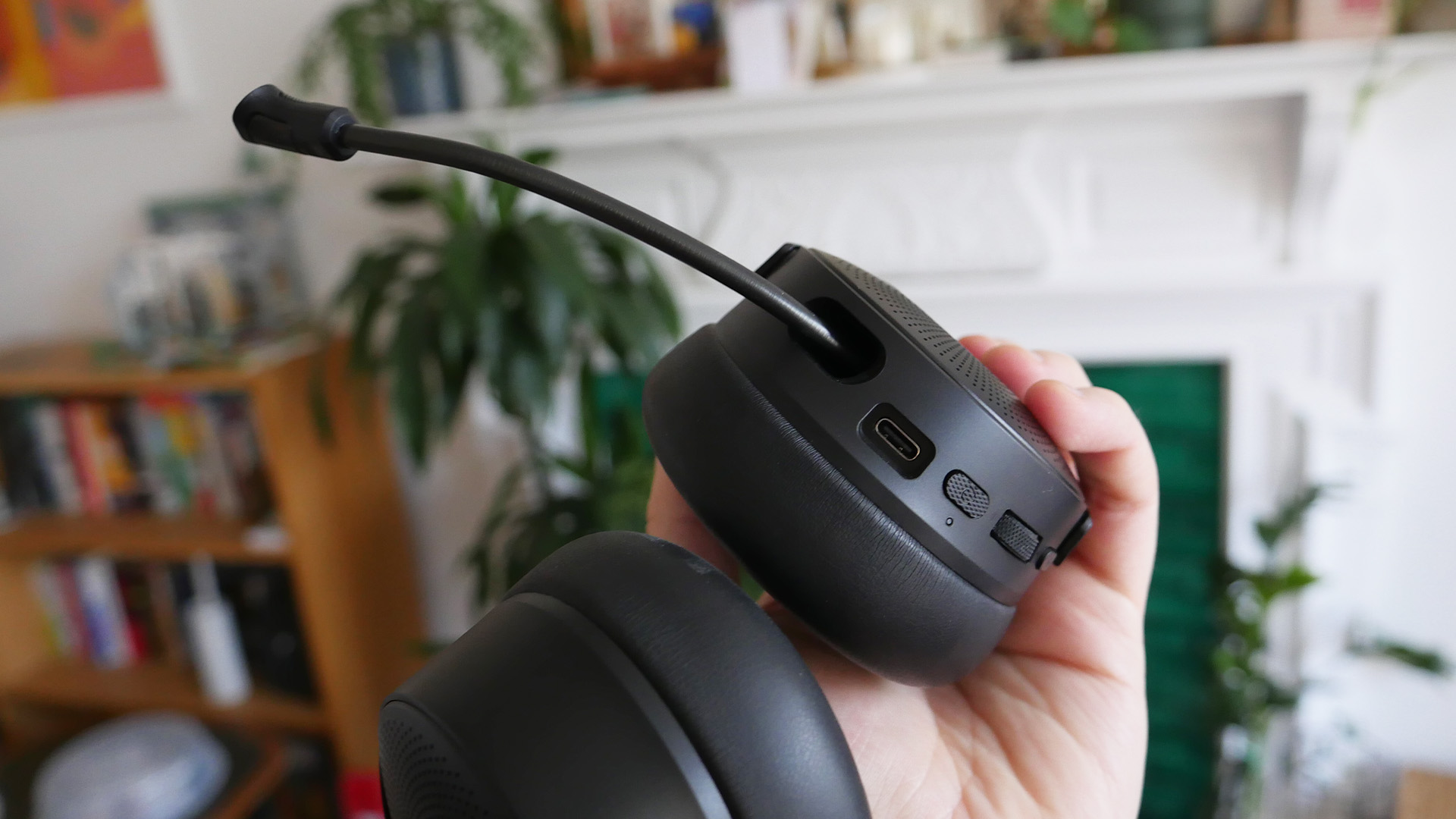
This all balances out to a classic trade-off – the heft and materials of the V4 Pro mean that it feels really premium and sturdy, but that has the downside of making it a bit heavier on the head.
On the outside of those earcups, you get a taste of what Razer's really made of, in the form of a dotted array of RGB lighting swirling around the Razer logo in the centre. It's gaudy (for my tastes, anyway) and easily turned off, but for those who want it I'm sure it'll be pleasing. You can customise it very easily if connected to a PC and store some settings on the base station.
That brings us to said accessory. Like many other premium headsets, Razer includes a wireless base station for the Kraken V4 Pro to connect to, complete with some controls and a little display. This is handy if you're playing on a desktop setup, giving you quick access to settings, but if you're a console gamer it might end up forgotten on an unseen TV cabinet. Still, it's well-built, even if it misses out on SteelSeries' key feature in its equivalent – there's no removable or swappable battery charging in the base station.
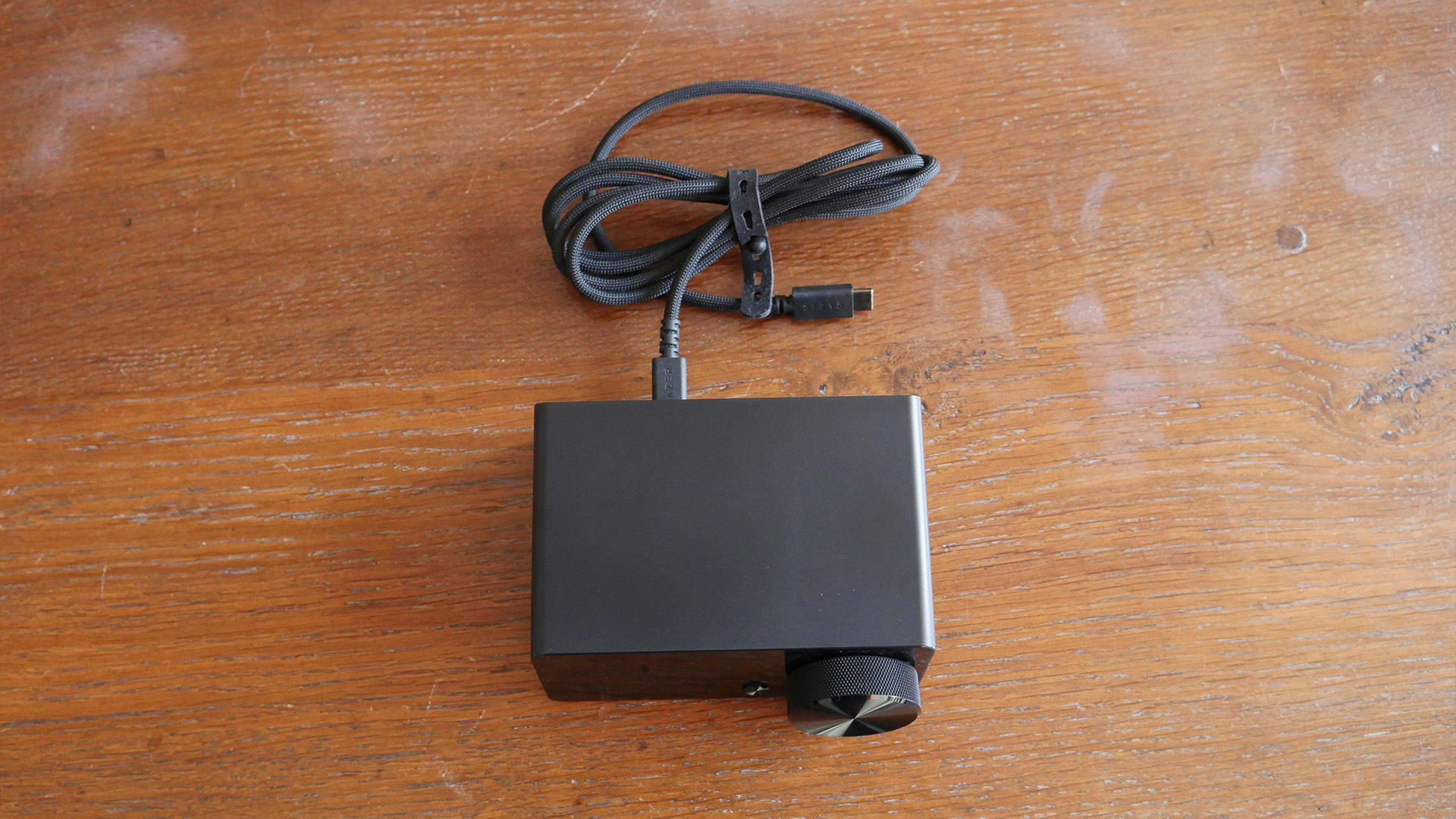
Still, all of that is a window into the software support that Razer offers, which is comprehensive. Its haptics are controller by a setting called Sensa HD, which some games have partnered tie-ins with to provide custom haptic feedback, although all gaming can pair with vibrations simply from sound signatures. All of this can be tweaked easily on PC using Razer's programmes, but the headset does have some good controls, too.
Alongside a power button, volume dial and mute switch, you get a dedicated button to toggle how strong the haptics are, or to turn them off. There's also a button to swap between audio presets. Lastly, the headset's microphone is completely hidden when retracted, which I always appreciate. It can easily be hooked with a finger and extended when you need it, though.
Is the Kraken V4 Pro too bassy?
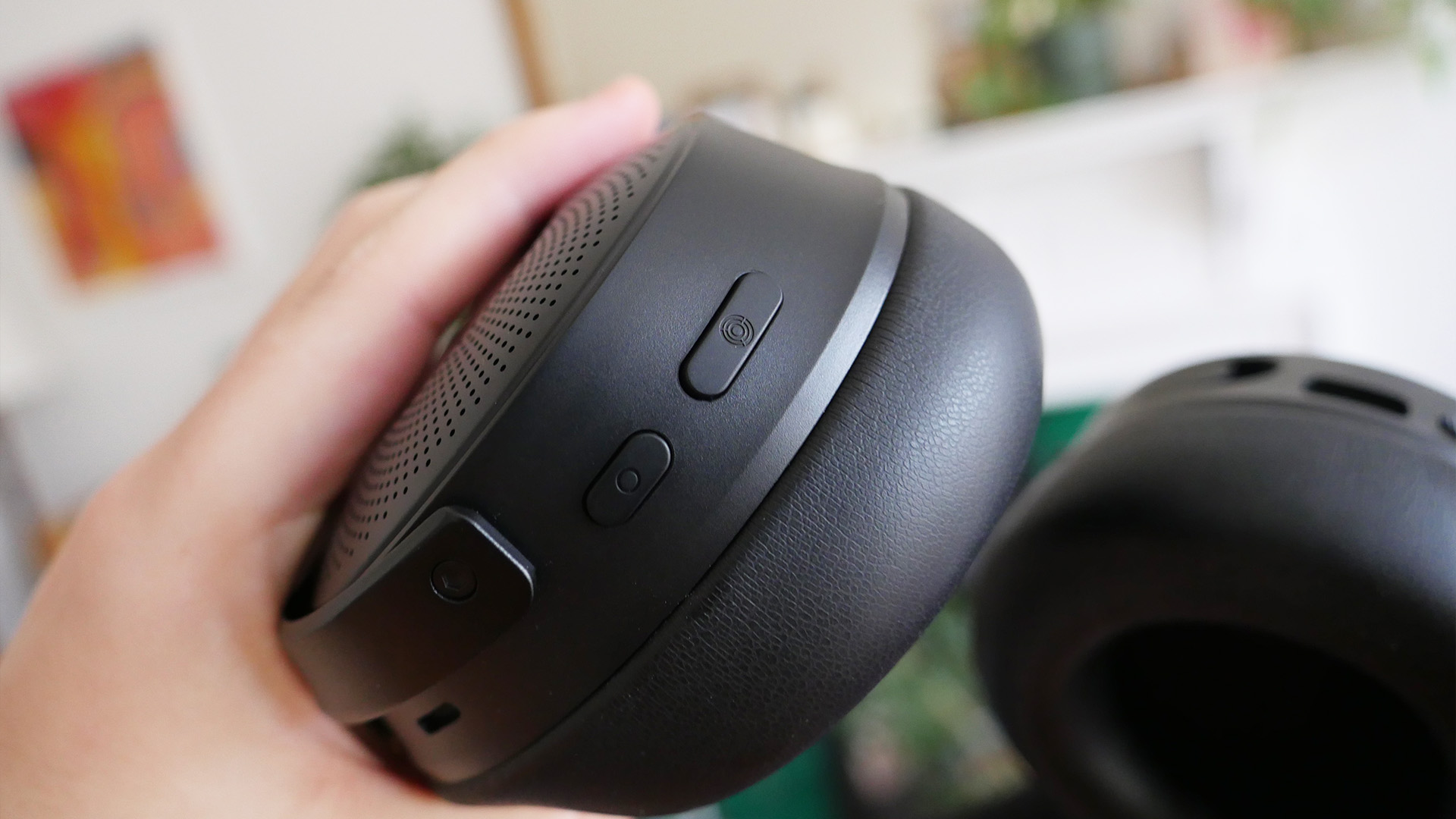
If Razer's headset is bulky on the outside, it matches that impression with its sound performance, which is undoubtedly emphatic and powerful – and reassuringly tweakable. Out of the box (which is how many will use it) you'll get really good detail and the capacity for eardrum-splitting volumes.
I tested the headset across a range of genres, including a heap of multiplayer shooters, where sound can be a key factor, and found it a really reliable performer. It's not afraid of highs and mids, so light steps and clangs are very much audible even at a distance, and it certainly falls into the category of "competitive advantage" compared to a much cheaper headset.
Using it for some more immersive single-player titles, I had similar experiences, with the cityscapes and forests of Dragon Age: Veilguard sounding lived-in and expressive in their depth. Much depends on the game you throw its way, of course, but the Kraken V4 Pro dealt with all my challenges expertly.
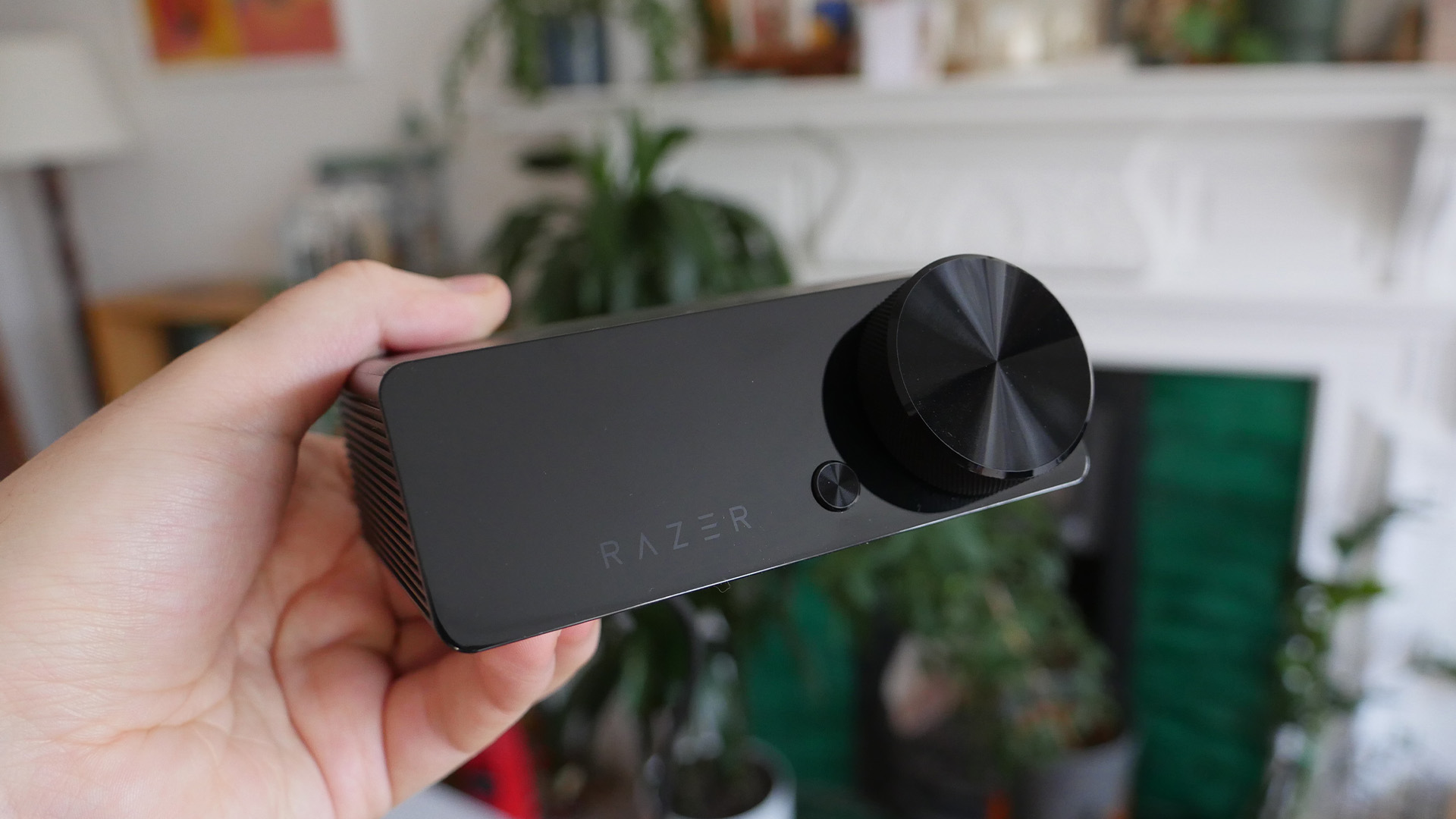
The one area that had me diving into its presets and EQ settings was the low-end, which can be a little dominant at times. In most cases this felt like simply a character point, which isn't a huge deal, but it would occasionally make the overall mix feel muddy, and I did end up editing my EQ to remedy things.
On the flip side, though, the low-end is also where the headset's haptics come to the fore, and I've really enjoyed them. This is no longer a head-rumbling experience to write home about – instead it's a subtle effect that can add to impactful moments. Razer claims that it can now manage directional haptics to reflect 3D sound, which I'm not sure I can vouch for even after extended use.
I don't think I'd be able to locate a shooter with haptics alone, for example, but when you fire up a game that has a dedicated Sensa HD profile you'll feel the difference in fidelity compared to the more basic haptic system. Both are a nice bonus, in my mind, compared to other headsets that might not have many unique features.
The Kraken V4 Pro promises around 50 hours of battery life if you turn its haptics and RGB lighting off, which is a very solid marker to hit. That said, with both of those features on it does feel like you take a bit of hit, by at least a few hours. It charges by USB-C, and although I've mentioned it again, I'll repeat that it would have been really nice to see a removable battery like in some rival headsets, to allow for nearly unlimited battery life in practice.
Razer Kraken V4 Pro review: Verdict
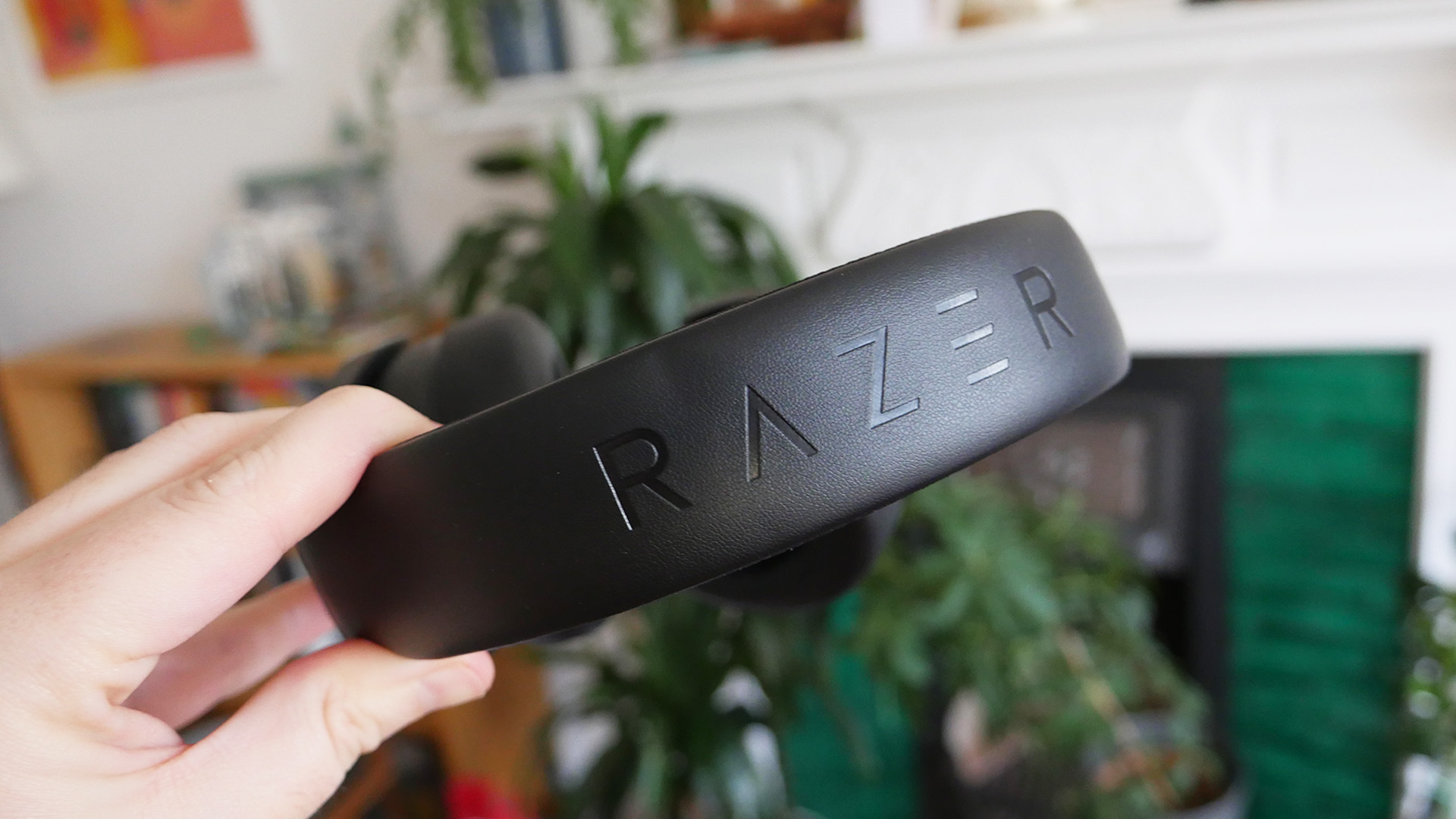
The Razer Kraken V4 Pro left me feeling conflicted – it's been a great headset to use, with some seriously impressive features and the best version of Razer's haptic tech yet. For PC gamers, in particular, the amount of software support and control is really great.
That said, this is still a really quite big headset, one that's a tad heavy compared to others I'm used to, and therefore not quite as comfortable. It's also missing some extras that I'd love to see included, and the sound can be a little bass-heavy.
The real thing to consider, however, is whether that large price tag is warranted – justifiable if you're 100% in on the haptics features. Overall, therefore, the Kraken V4 Pro as a very impressive headset that doesn't quite match the best options on the market.
Also consider
I've mentioned other headsets that let you charge a spare battery while you game, so to put a name on it I'd slap a hearty recommendation on the SteelSeries Arctis Nova Pro Wireless. This is my favourite headset bar none, and it's still cheaper than Razer's effort, especially during sales periods.
Another great option if you want something a little simpler is the HyperX Cloud III Wireless, which comes in at a substantially lower price but still sounds extremely impressive, and is great for competitive gaming.







